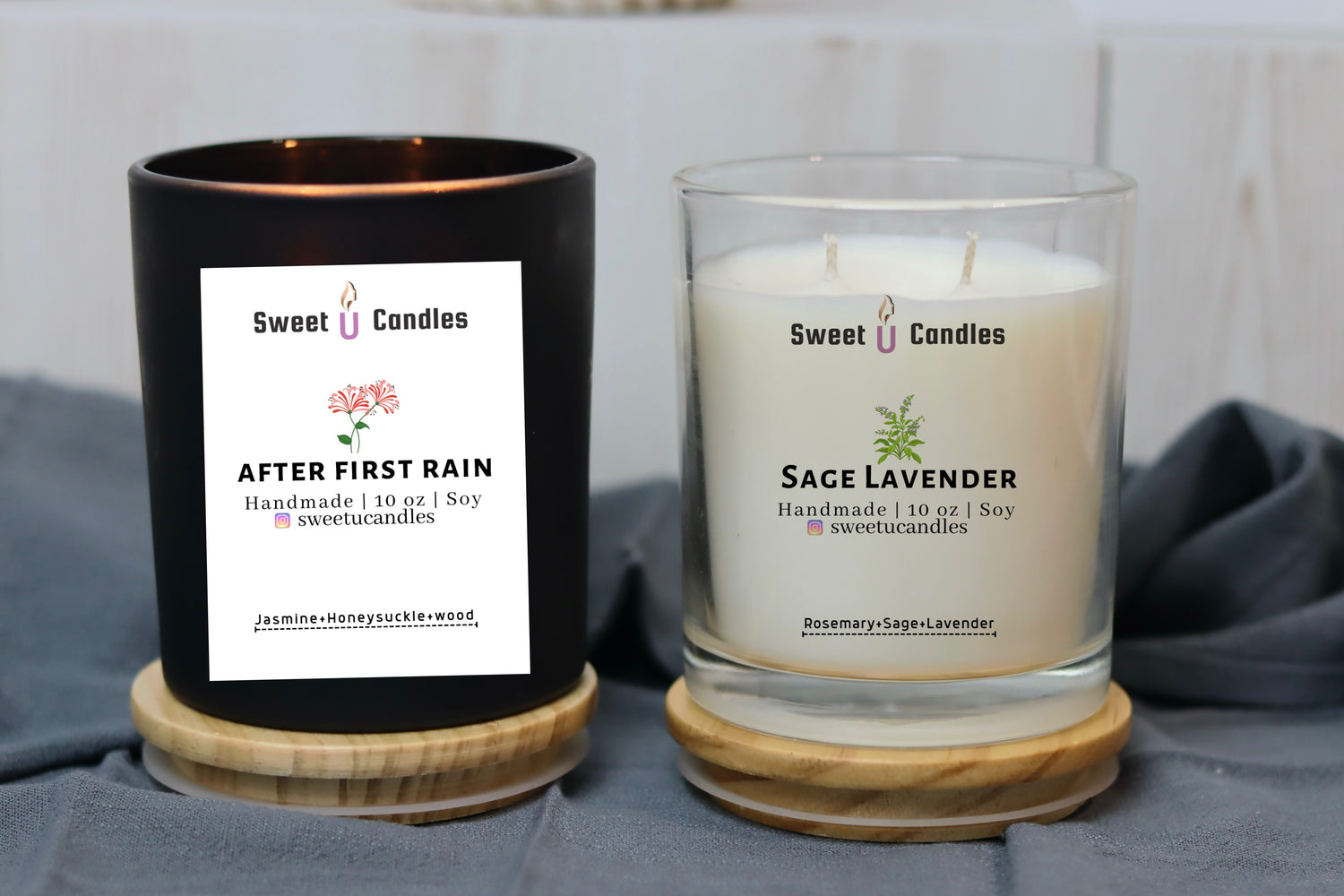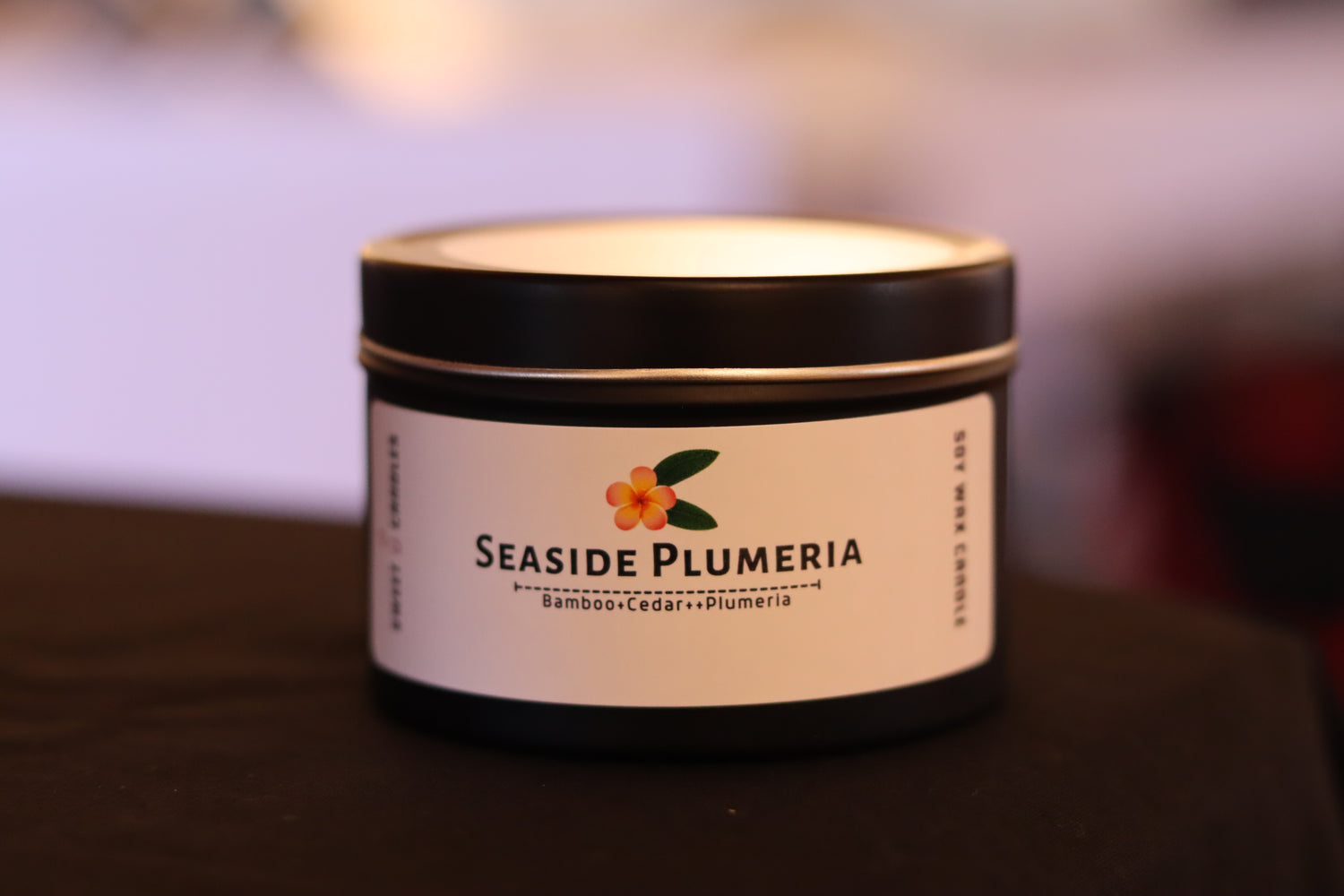Sinkholes, the small pockets of empty space that form within candle wax as it hardens, can negatively impact the way a candle burns. In this blog post, we'll explore the causes of sinkholes, provide tips for preventing them in homemade candles, and share how to fix them if they do occur.
What Causes Sinkholes in Candles?
Sinkholes form during the wax setting process when the candle wax around the jar's edges and the wick cools more quickly than the remaining wax in the container. As the wax cools and contracts, it creates a cavity within the candle. This cavity is what we refer to as a sinkhole.
The Role of Temperature in Sinkhole Formation
Temperature plays a crucial role in sinkhole formation. The temperature at which you pour your wax, your workspace's temperature, and the candle jar's temperature all contribute to the likelihood of sinkholes forming. Different types of wax require different pouring temperatures, such as:
- Soy Wax (120-165°F)
- Paraffin Wax (160-180°F)
- Beeswax (155-160°F)
Pouring wax at cooler temperatures and maintaining an ideal workspace temperature of around 70°F can help prevent sinkholes. Additionally, allowing the candle jar to reach room temperature before pouring in the wax can reduce the chances of sinkholes forming.
How Wax Type Influences Sinkholes
Different wax types have varying melting points and contraction rates, which can affect the likelihood of sinkholes forming. Paraffin wax, for example, is well-known for causing sinkholes. Other wax types, such as soy wax and beeswax, may have a lower probability of forming sinkholes, but the risk is still present.
The Impact of Candle Jar Size and Shape on Sinkholes
The size and shape of the candle jar also influence the probability of sinkholes forming. Wide and shallow vessels have the lowest likelihood, while narrow and tall vessels have the highest likelihood of sinkholes forming. It's essential to choose the right vessel size and shape for your candle to minimize the risk of sinkholes.
Why Sinkholes in Candles are Problematic
Sinkholes can lead to a dangerously large flame as the exposed wick absorbs too much liquid wax. This is why it's crucial to identify and fix sinkholes in your candles. Not only do sinkholes affect the aesthetics of your candle, but they also pose a safety hazard during burning.
Fixing Sinkholes in Candles
If you discover a sinkhole in your candle, follow these steps to fix it:
- Hold a heat gun or hair dryer over the top of the candle to melt the surface.
- Use a chopstick or similar object to poke at the sinkhole and assess its size.
- Puncture the wax to allow melted wax to fill the open cavity.
- Once the cavity is filled and the surface is flat again, allow the candle to cool back down to room temperature.
Following these steps can help you fix sinkholes in candles you've purchased or made yourself, ensuring a safer and more enjoyable candle-burning experience.
Understanding the factors that contribute to sinkhole formation in candles is essential for both candle enthusiasts and candle makers alike. By taking the right precautions and following the tips provided in this blog post, you can significantly reduce the likelihood of sinkholes forming in your candles. This, in turn, leads to a safer and more aesthetically pleasing candle-burning experience. So, the next time you decide to make or purchase a candle, keep these factors in mind to ensure you enjoy the full potential of your candles without any unwanted surprises.




